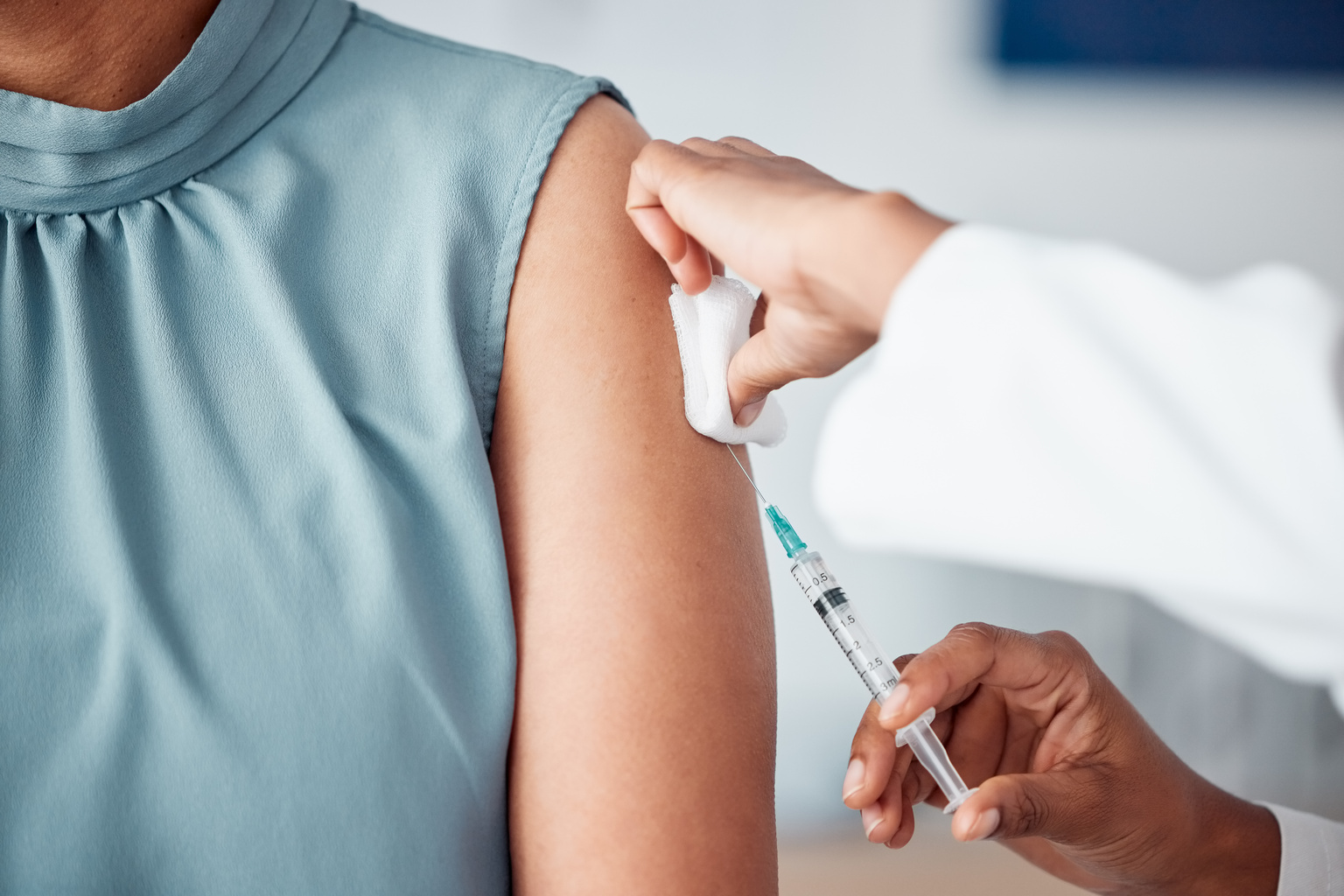When the COVID-19 pandemic hit, many businesses were forced to adapt to continue operations. Companies with essential workforces created ad-hoc protocols to reduce the health and safety risks associated with COVID-19 without fully assessing all the potential risks or developing the most effective controls. As businesses continue to ramp up in-person operations or begin to bring employees back to the worksite, developing and implementing controls for COVID-19 risks remains a challenge.
The first step to identify and implement proper health and safety controls for COVID-19 is understanding the specific organizational risks for spreading the disease. Key elements to consider are:
- Screening: Does the organization have a way to identify and isolate symptomatic or potentially exposed employees?
- Physical distancing: Are employees required to work near each other?
- Large gatherings: Do employees regularly work in large crowds or around others?
- Shared objects: Do employees handle objects/tools that are shared among several coworkers?
- Personal hygiene: Do employees have adequate access to personal hygiene solutions like soap/water and hand sanitizer?
- Industrial hygiene: Does the worksite have adequate sanitization schedules and air filtration capabilities?
- Public interactions: Do employees interact with the public?
- Transportation and travel: Do employees rely on public transportation to commute to work or need to travel to perform job duties?
The more risks that are identified, the more controls organizations will likely need to implement, yet not all risks nor controls are created equal. The hierarchy of controls separates solutions for risk mitigation into different levels based on whether the hazard is eliminated (most effective), the hazardous process is substituted in favor of a safer one, the risk is mitigated through engineering or design, a work policy or procedure is changed, or personal protective equipment (PPE) is provided (least effective).
Masks and other PPE do help people stay safe and should be worn in workplaces where physical distancing cannot be maintained. The focus for organizations, however, should be on implementing controls that are closer to the top of the hierarchy (elimination, substitution, engineering controls).
One of the most effective strategies for reducing COVID-19 workplace risks is to prevent employees from coming into contact at all, either by remote work arrangement or shift staggering.
For businesses that cannot effectively operate with remote work, the next best controls are engineering controls. Installing physical barriers between workstations can prevent respiratory droplets from spreading. Also, more restrictive air filters and ultraviolet light filters can capture or kill aerosolized virus particles that travel through air ducts.
Although not perfect because they require action by employees to be successful, administrative controls can be useful for mitigating COVID-19 risks. These can include temperature and symptom self-screening, training on COVID-19 risk factors and protective measures, and policies that encourage sick employees to stay at home.
Enablon’s COVID-19 Protect & Respond software package can help your organization protect workers, and respond to changes and new cases effectively and quickly. You can easily report COVID-19 symptoms and manage cases while maintaining data privacy.




